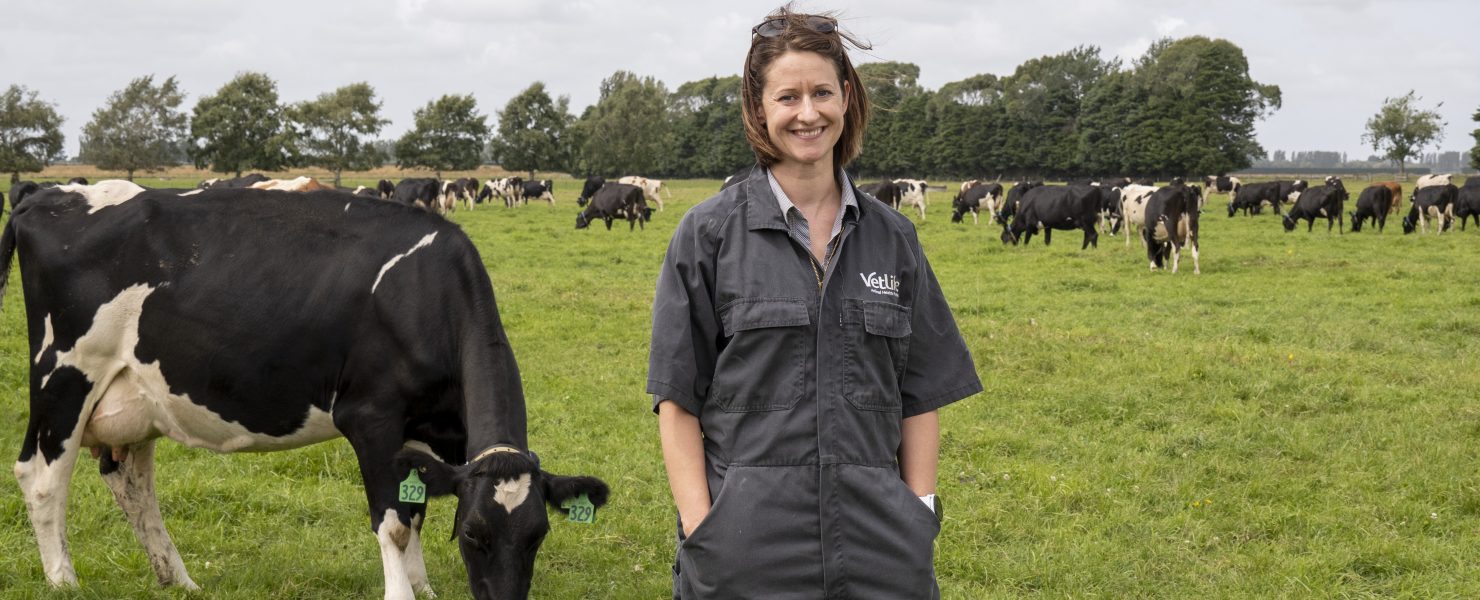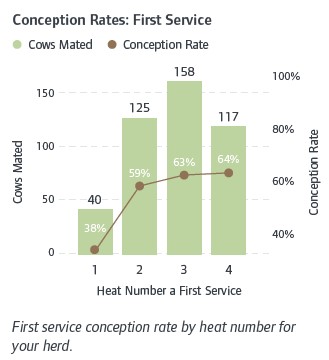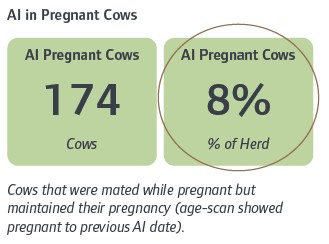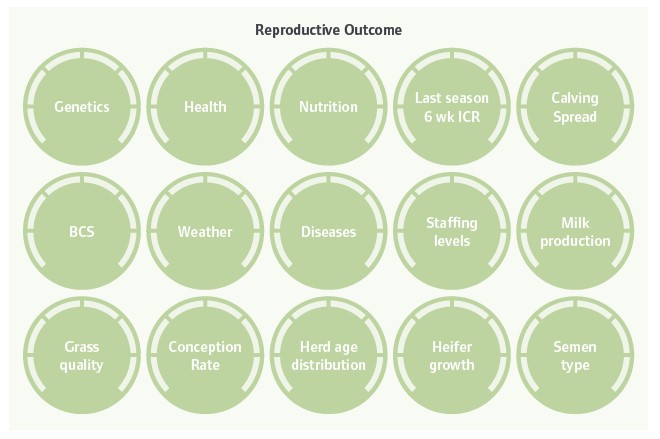
Cow wearables are no longer a novelty on New Zealand dairy cows. With over two years of collar analysis under our belt, I thought it appropriate to share a snippet of findings and trends we have picked up while working with client data.

The interval between calving and first heat is now commonly known as ‘Days to First Heat’. By utilising wearables data, we can calculate the exact interval between calving and the occurrence of the first heat for each individual cow in the herd. The resumption of heat activity in a dairy cow is determined by her calving BCS, feeding levels and feed quality in early lactation, genetics and milk production and the incidence of disease. ‘Days to First Heat’ in other words can be used as an indicator of early lactation health and animal productivity but can also highlight areas of focus for your farm.
It is also worth mentioning that first calvers always take longer to recover. This is a well-known fact and why it is recommended to mate maiden heifers 7-10 days before the herd. In our data, we have consistently found the difference to be 10 days longer than the older cows.
To reach a 90% three-week submission rate at mating, you must first achieve 85% cycling cows by PSM. By tracking heat activity in the herd, we can monitor how the herd’s cycling activity is progressing leading up to mating.
By checking in approximately 30 days prior to PSM, we can utilise the data to discuss appropriate action for each farm we work with. If cows are trending below target, we highlight current management tools available – including mob sizes, mob age distribution, screening for common post-calving conditions (such as mineral deficiencies or uterine infections), once-a-day milking and hormonal intervention strategies. Every farm is different, and it is important to discuss overall objectives and appropriate strategies to suit the client and the farm in question. But by proactively measuring, comparing and assessing, there will be time to come up with a strategy that proactively manages your mating, even before it happens.

It is now possible to tally up the number of cows that were mated to a first heat, second heat, third heat – and to calculate conception rate to those matings. It turns out that conception rates increase by heat number every single time. This, again, is not new to us – but it is impactful to see this data for your own herd!
Remember the pre-mating heat graph? The more cows that cycle before PSM, the more cows are mated to a second or third heat – increasing overall conception rates and early in-calf rates for the herd.
4. Sometimes we can measure human behavior too!
This particular measure was added to our Reproductive Review after an incidental finding in a herd – we looked at the number of cows that were pregnant to an AI date that was not their most recent one. Think of those cows that return 45 days after a mating and their Heat Score is not particularly high. This is equivalent to your long-return cow with slightly rubbed tailpaint. To mate or not to mate?
Inseminating pregnant cows cannot be avoided. It occurs as much in collared herds as it does in tailpainted ones (I ha
ve checked!) but of course every time a pregnant cow is inseminated, she is put at risk of losing that pregnancy (one-day returns are allowed and this is taken into account in the analysis).
Having done this analysis in numerous herds, it seems that a rate of 2-3% is pretty normal in NZ dairy herds. If it is higher, it is a reason to gather your team and discuss how you handle those tricky, late-mating heat alerts that don’t look quite right.

Reproductive outcome is influenced by a multitude of factors, some of which are not even within our control (the weather). At the same time, in-calf rates are a major influence on our farm’s overall productivity and profitability.
Making gains in reproduction isn’t easy – every dial on the dashboard must be managed to be at its optimum and every button affects at least one other!
There is no silver bullet – but it is possible to gain insight into areas of improvement. Collar data analysis is a new avenue that is proving useful for this kind of farm-level insight.